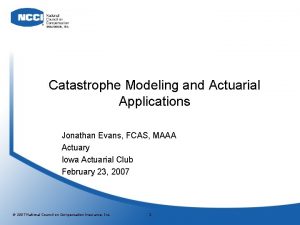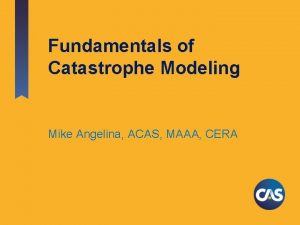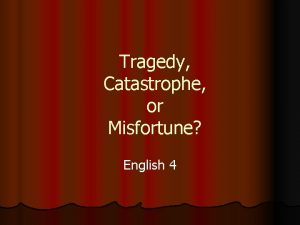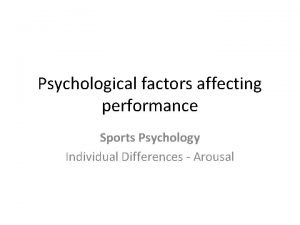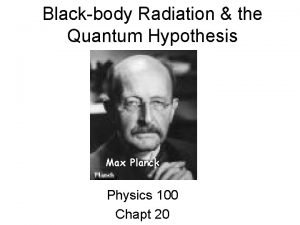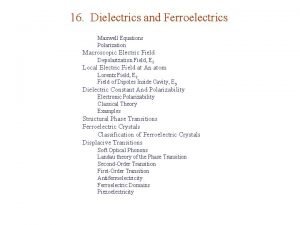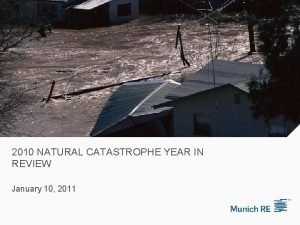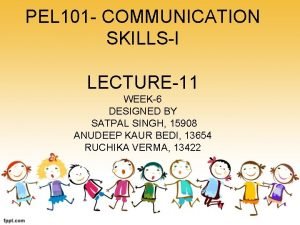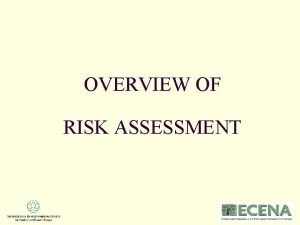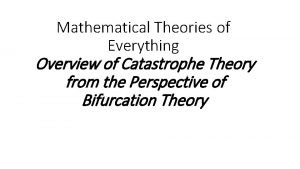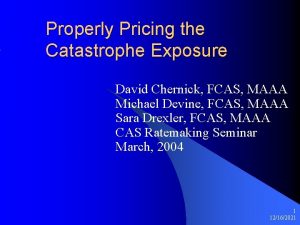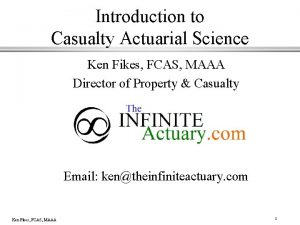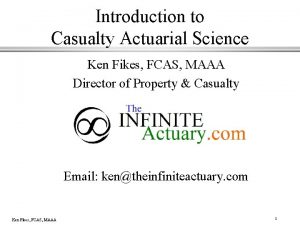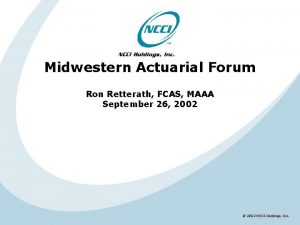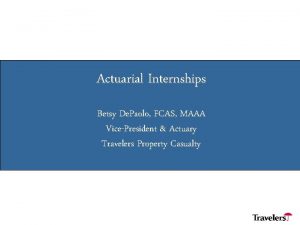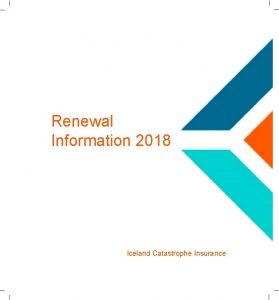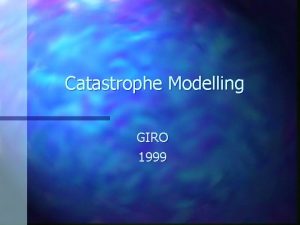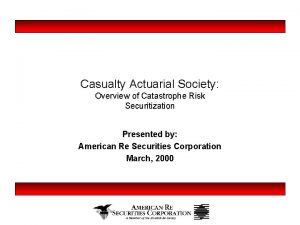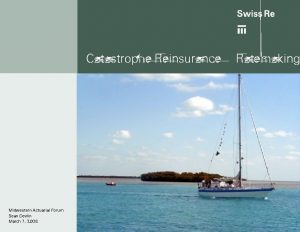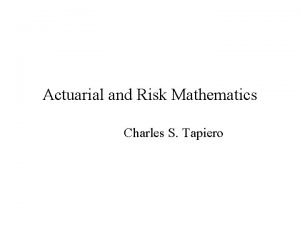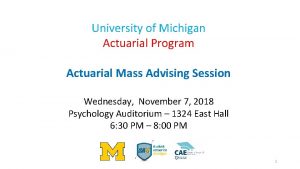Catastrophe Modeling and Actuarial Applications Jonathan Evans FCAS














- Slides: 14

Catastrophe Modeling and Actuarial Applications Jonathan Evans, FCAS, MAAA Actuary Iowa Actuarial Club February 23, 2007 National Council on Compensation Insurance, Inc. 1

What Are Catastrophes ? • Single events that produce such a large number of claims – that it is very highly improbable such an event would actually occur (assuming risk exposures are independent) • Usually resulting from a special type of peril: hurricane, earthquake, terrorist attack, asbestos, etc. • More rarely, sometimes extremely large single claims are called “catastrophes” 2 Source: 2007 National Council on Compensation Insurance, Inc.

What Applications Make Actuaries Care About Catastrophes ? • Ratemaking for policies exposed to catastrophes, such as homeowners in Florida • Reserving for long tail catastrophic losses, such as asbestos in general liability • Analyses of reinsurance programs • Analyses of insurer catastrophe risk, such as catastrophic return period loss estimates 3 Source: 2007 National Council on Compensation Insurance, Inc.

Why Model Catastrophes ? • For non-catastrophic perils (such as an automobile accident that independently affects risk exposures or only a few risk exposures simultaneously) it is easy to gather a credible volume of experience • For catastrophic perils (such as hurricanes) even nationwide experience over many years may not be credible 4 Source: 2007 National Council on Compensation Insurance, Inc.

Catastrophic Versus Non-Catastrophic Experience 5 Source: 2007 National Council on Compensation Insurance, Inc.

Who Builds Catastrophe Models ? • Prior to the 1980 s most models were built by insurers for underwriting purposes • From the 1980 s to present most models were built by specialized modeling firms and sold as software, that allows users to input exposure information • Event databases and estimated frequencies are often prepared by scientists: geophysical for earthquake, atmospheric for hurricanes, social/behavioral for terrorism, etc. • Loss functions are often determined by engineers • Actuaries are mostly end users of models; except for reserving models for mass liability, such as asbestos/environmental, where actuaries have compiled databases and built their own models 6 Source: 2007 National Council on Compensation Insurance, Inc.

How Are Catastrophes Modeled ? Catastrophe models generally consist of: 1. A database of individual exposures, such as homeowners policies by location and insured value 2. A database of potential catastrophic events, such as hurricanes by landfall location and wind speed 3. A loss function that uses as input the characteristics of a single exposure from #1 and a single catastrophic event from #2 4. Estimates for the frequency of each catastrophic event in #2 7 Source: 2007 National Council on Compensation Insurance, Inc.

Simplified Hypothetical Example Of A Catastrophe Model 1 2 3 4 8 Source: 2007 National Council on Compensation Insurance, Inc.

Example Of Calculating Loss For Policy A and Event U the loss is calculated as: 9 Source: 2007 National Council on Compensation Insurance, Inc.

Example Model Loss Output 10 Source: 2007 National Council on Compensation Insurance, Inc.

Example Ratemaking Application For Policy A 11 Source: 2007 National Council on Compensation Insurance, Inc.

Example Portfolio Risk Application 12 Source: 2007 National Council on Compensation Insurance, Inc.

Questions 13 Source: 2007 National Council on Compensation Insurance, Inc.

Further Reading -Bouska, Amy, “From Disability Income to Mega-Risks: Policy-Event Based Loss Estimation”, CAS Forum, Summer 1996. -Grossi, Patricia and Kunreuther, Howard, Catastrophe Modeling: A New Approach to Managing Risk (Huebner International Series on Risk, Insurance and Economic Security), Springer, 2005. -Kozlowski, Ronald T. and Mathewson, Stuart B. , “Measuring and Managing Catastrophic Risk”, CAS Discussion Paper Program, 1995. -Woo, Gordon, The Mathematics of Natural Catastrophes, World Scientific Publishing Company, 1999. 14 Source: 2007 National Council on Compensation Insurance, Inc.
 Catastrophe modeling actuarial
Catastrophe modeling actuarial Oep and aep catastrophe
Oep and aep catastrophe Helen erickson biography
Helen erickson biography Relational modeling vs dimensional modeling
Relational modeling vs dimensional modeling Catastrophe greek tragedy
Catastrophe greek tragedy Sports psychology definition
Sports psychology definition The uv catastrophe
The uv catastrophe Polarization catastrophe in ferroelectrics
Polarization catastrophe in ferroelectrics Florida hurricane catastrophe fund
Florida hurricane catastrophe fund Izof worksheet
Izof worksheet Catastrophe
Catastrophe Ultraviolet catastrophe
Ultraviolet catastrophe Synonyms of hateful
Synonyms of hateful Risk assessment definition
Risk assessment definition Catastrophe theory
Catastrophe theory
